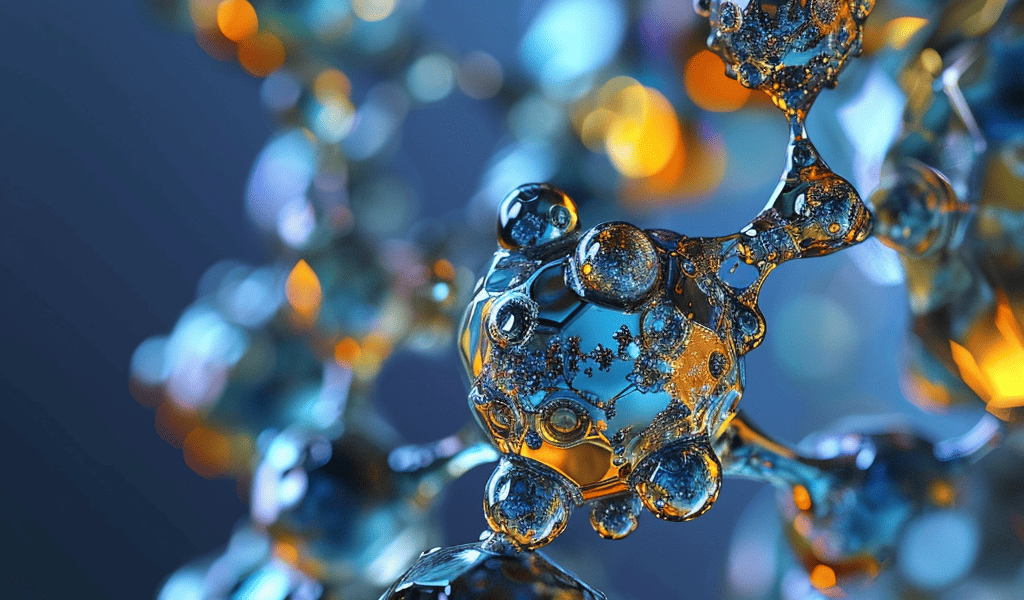A groundbreaking study has recently uncovered new possibilities in molecular interactions through the use of the crystalline sponge technique. The study focused on the encapsulation of 14 organic compounds within a crystalline sponge called Co3TPHAP, revealing the intricate dance of interactions between the guest molecules and the host framework.
The compounds were categorized into three distinct series—artemisinin, steroid, and aromatic polycyclic molecules, with an additional three compounds characterized exclusively via spectroscopic techniques.
Unraveling the Artemisinin Series
The artemisinin series, which includes drugs critical in malaria treatment, exhibited changes in crystal symmetry upon encapsulation. This highlights how even minor modifications in a molecule’s structure can significantly affect its distribution within the host framework. For example, artemisinin altered the space group of the crystal to a chiral P2, forming hydrogen bonds with the internal solvent molecules. Other derivatives like artemether, artesunate, and dyhydroartemisinin (DHA) also demonstrated variations in their interactions with the Co3TPHAP and the water network. Notably, DHA presented both of its epimers in the pore, a significant finding for the crystalline sponge technique.
Steroid Series: Interactions Amid Hydrophobic Cores
The steroid series, featuring anti-inflammatory drugs such as dexamethasone, betamethasone, and spironolactone, revealed a fascinating adaptability upon encapsulation. Despite the hydrophobic steroid core, the internal water network adapted to maximize interactions with the guest molecules.
The Aromatic Polycyclic Molecules
The third series, comprising aromatic polycyclic molecules, demonstrated the accommodation and visualization of diverse chemical functionalities within the Co3TPHAP framework. Drugs like griseofulvin, meloxicam, and celecoxib were employed to examine the impacts of guest solubility and data quality on encapsulation. Meloxicam’s behavior, in particular, underscored the complexity of host-solvent-guest interactions.
Comparing the technique with conventional crystallization methods, the crystalline sponge technique demonstrated similar precision in determining molecular structures. The study expanded the technique’s applicability to less characterized natural products and intermediates such as hemi-actinorhodin, underscoring the broader utility of Co3TPHAP in elucidating molecular structures of bioactive compounds.





